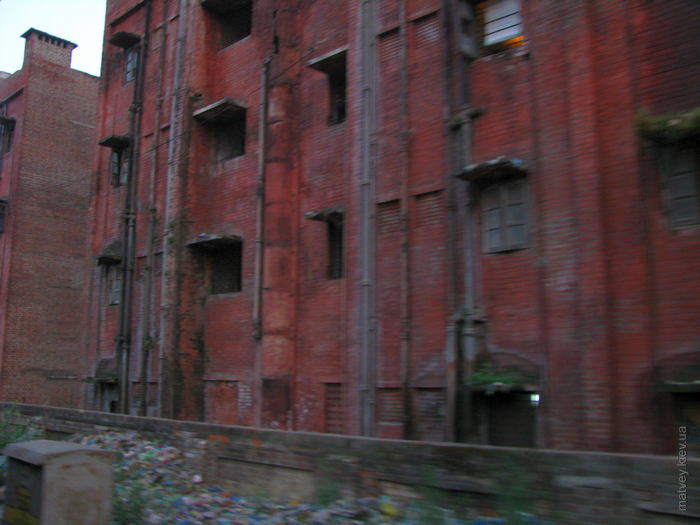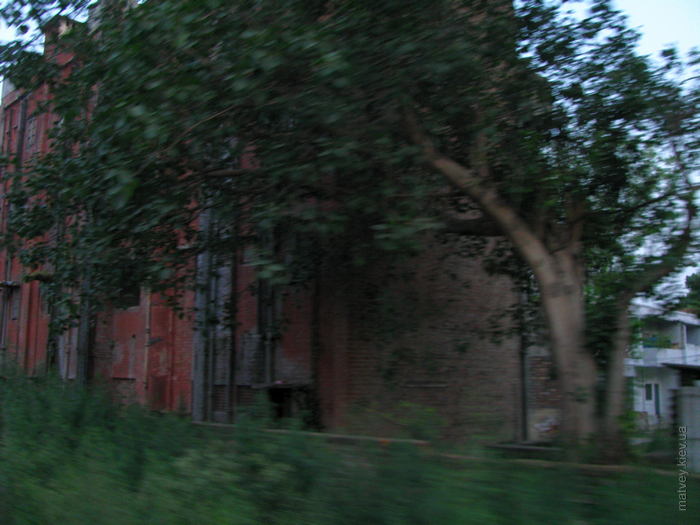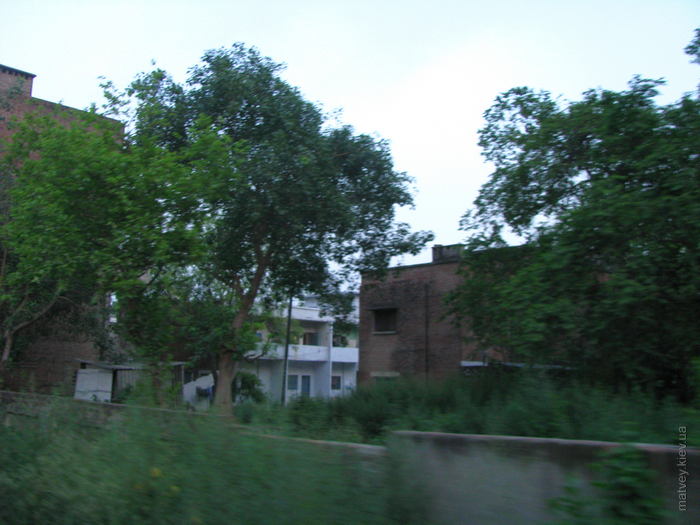A temporary pontoon bridge between Varanasi and Ramnagar. The Ramnagar fort is on background.
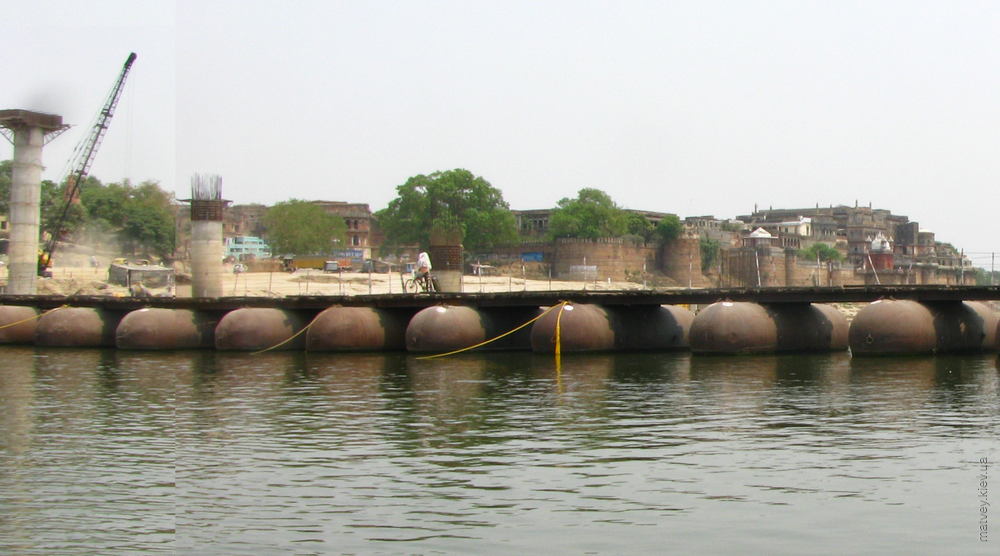
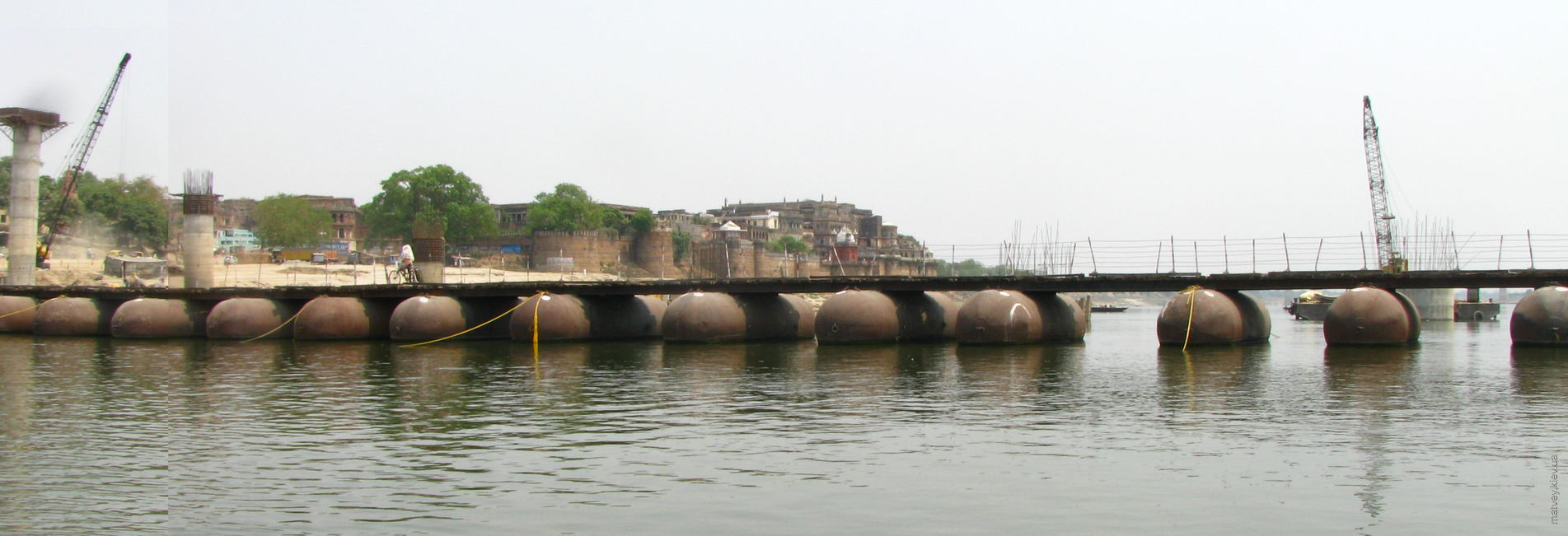
A temporary pontoon bridge between Varanasi and Ramnagar. The Ramnagar fort is on background.


Our trip planning sucked: Varanasi was put into our very first day in India. I do not recommend doing it this way after tried myself. This place requires some training. Those unprepared can experience a big cultural shock mixed with fear, which will not let you see the city properly.
I recommend five to seven days of cultural acclimatization in «simpler» places. In my case, it was the fifth day of the trip, when I suddenly felt that I do not care about being touched and bothered all the time (I guess, this is what makes locusts locusts — too much unwanted touches, so do not underestimate it!).
We arrived from Delhi via plane. The airport serving Varanasi was the little Lal Bahadur Shastri, located about 25 kilometers from the city. We took a taxi and paid 780 rupees (probably, too much) to get to Ramnagar. The language barrier was high, and, because of it, we got slowly transported across the river to Ramnagar itself, which we didn't ask for. The traffic in India seemed to be regulated by just one rule: thy shall not kill. People could go against the traffic, do whatever they wanted, just very slowly because thy shall not kill. The 34 km road took more than one hour.
Upon arriving, we were frightened by the heat of above +40°C, and decided to get inside the Ramnagar fort museum, which we did not plan to do. I hoped to regroup in the shadow of museum's corridors. The museum was dry, dusty, unlit and dull. An indian guy tried to fool me into giving him 100 rupees because I took the phone from my pocket to view the map. He told me that taking photos was prohibited in the museum, but I was innocent in that aspect, so I just did not give him any money.
We came down to the river. The dust was yellowish. A thin stream of something black slowly flowed down but did not reach the river because of being absorbed by the sand and dried up. There was a lot of rotting garbage, some urine and feces of animals and humans, and a few burning tyres during the 50 metres of the way. We found a group of people selling rotten watermelons and tried to ask them if there was some kind of boat from here to Dasaswamed ghat. They summoned a thin old indian man, who took one of boats, sat on the oars and transported us to the destination for the price of 500 rupees. It was here that we touched the Ganges. Actually we even went knee-deep.
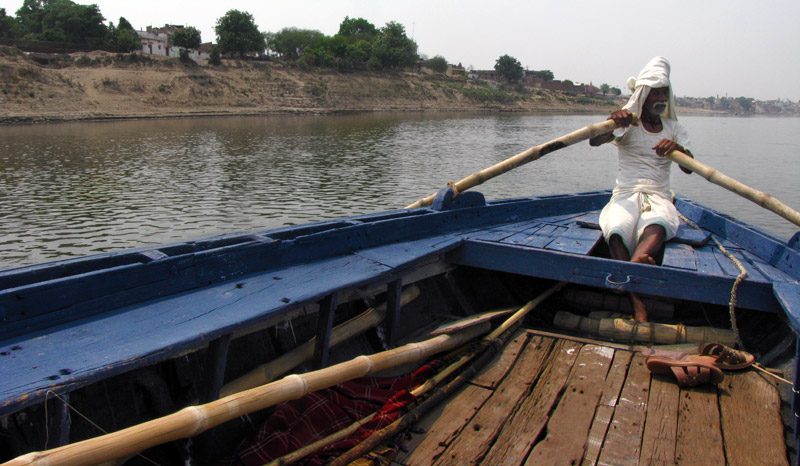
I became a bit less scared in the middle of the river and took out my point-and-click camera. The only view of Ramnagar fort that we saw was through the pontoons. The good view of it, that was our destination, was from the Varanasi side of the Ganges. But it was so hot that we decided against crossing the river. It was at least once more that we made the same decision during our week in India.
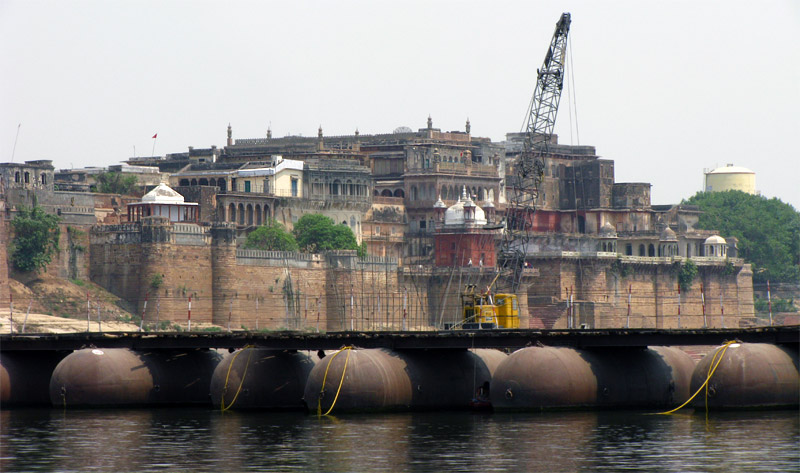
The pontoon bridge was used by pedestrians and all types of vehicles lighter than a truck.
The riverbanks of Ganges were like this.
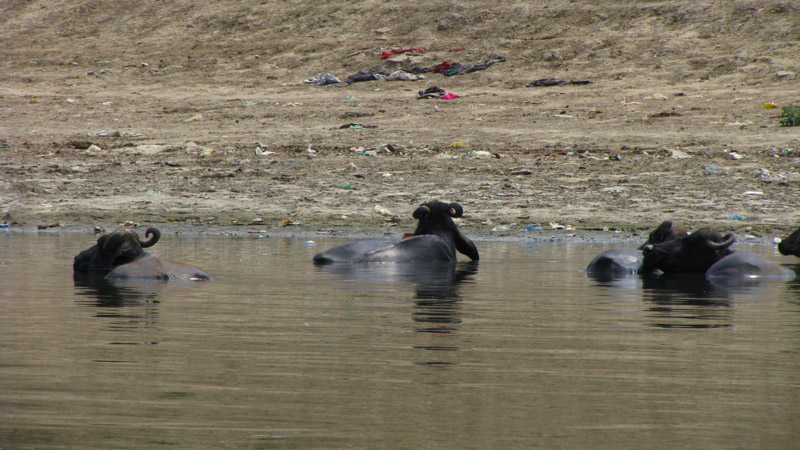
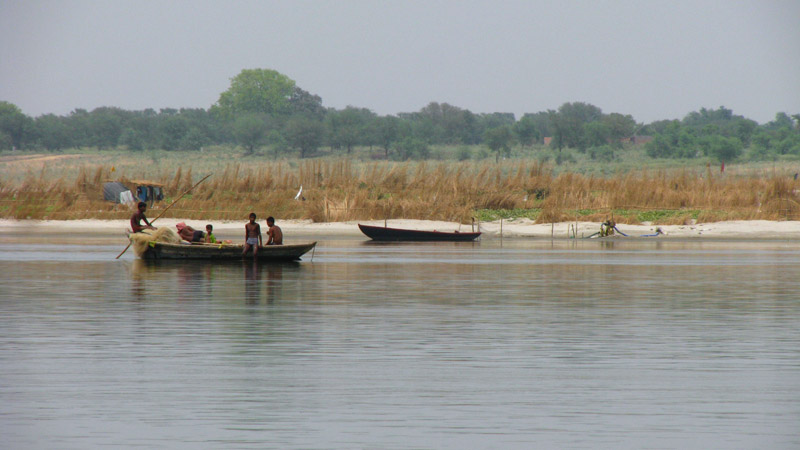
The endless sequence of ghats began soon. This one is called Chet Singh ghat:
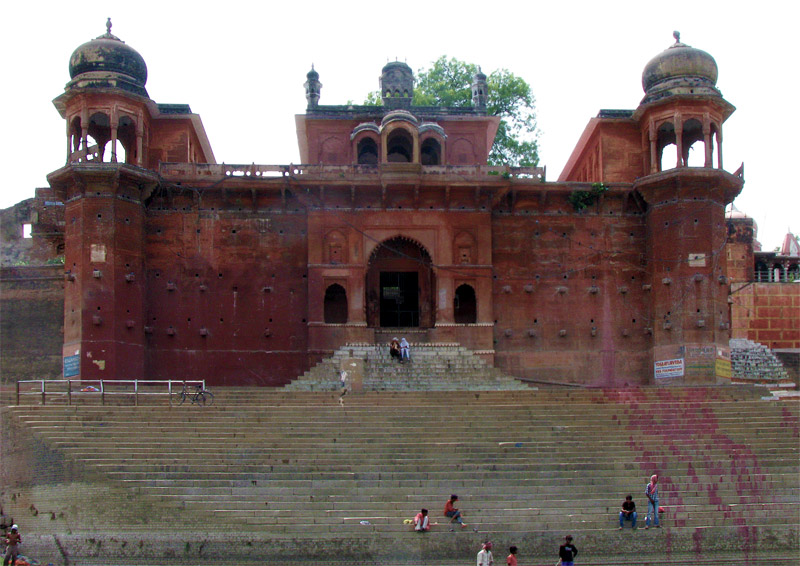
A commuter bicycle leaned on a wall that had a white swastika of a notable size drawn over it. Is it a local start point of a Critical Mass ride, or what?
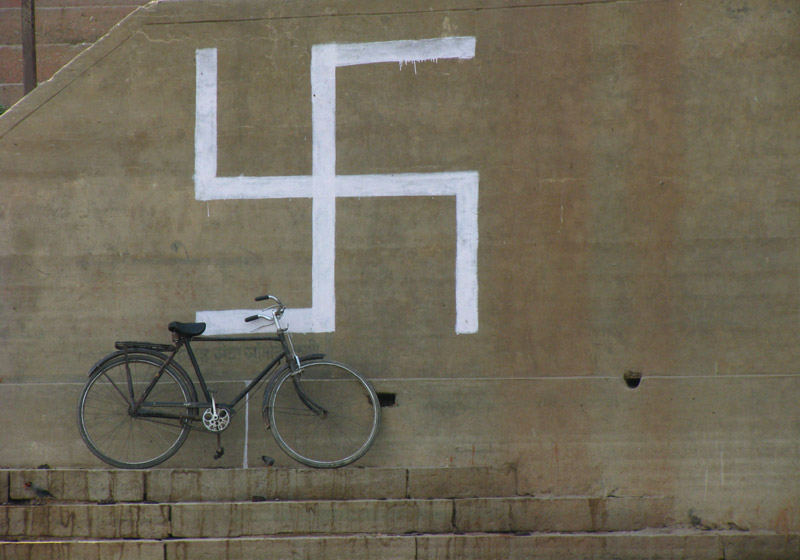
The Assi ghat.
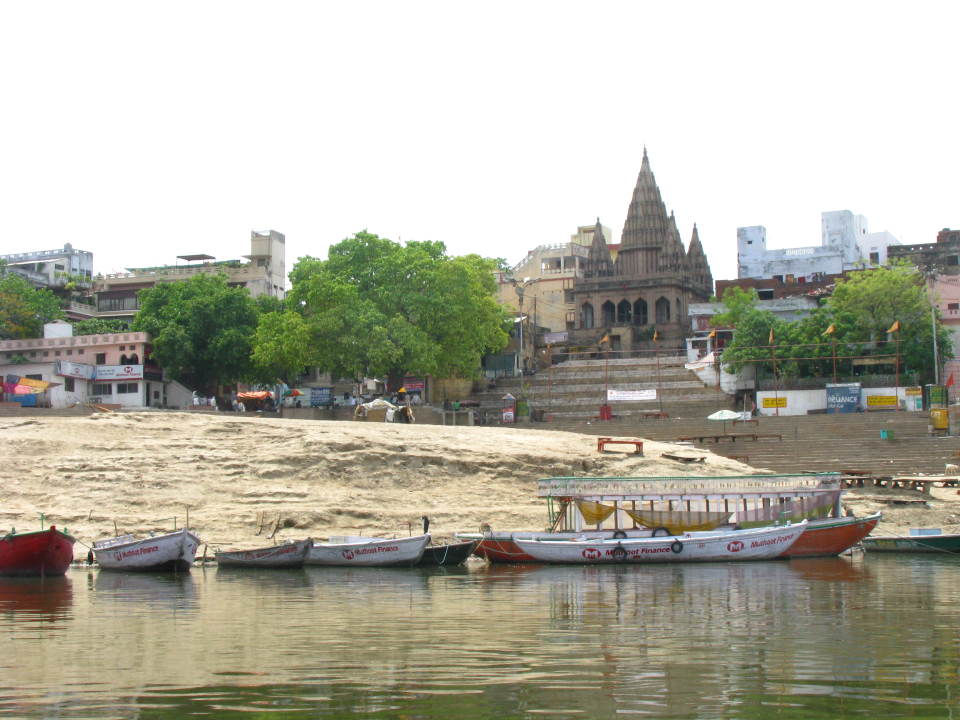
The same Hindu temple that is visible on the previous photo was called simply the Assi ghat mandir.
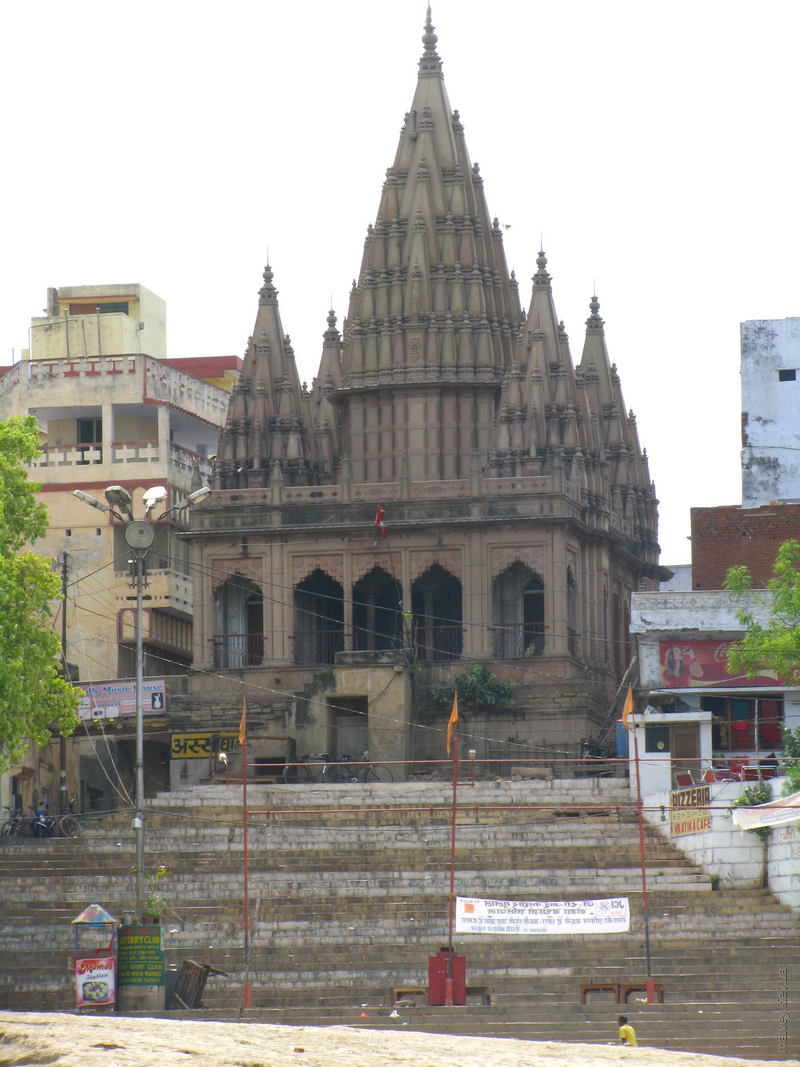
This Hindu temple of less obvious form was called Ashta Vinayak Mandir. It had a nice tree growing near.
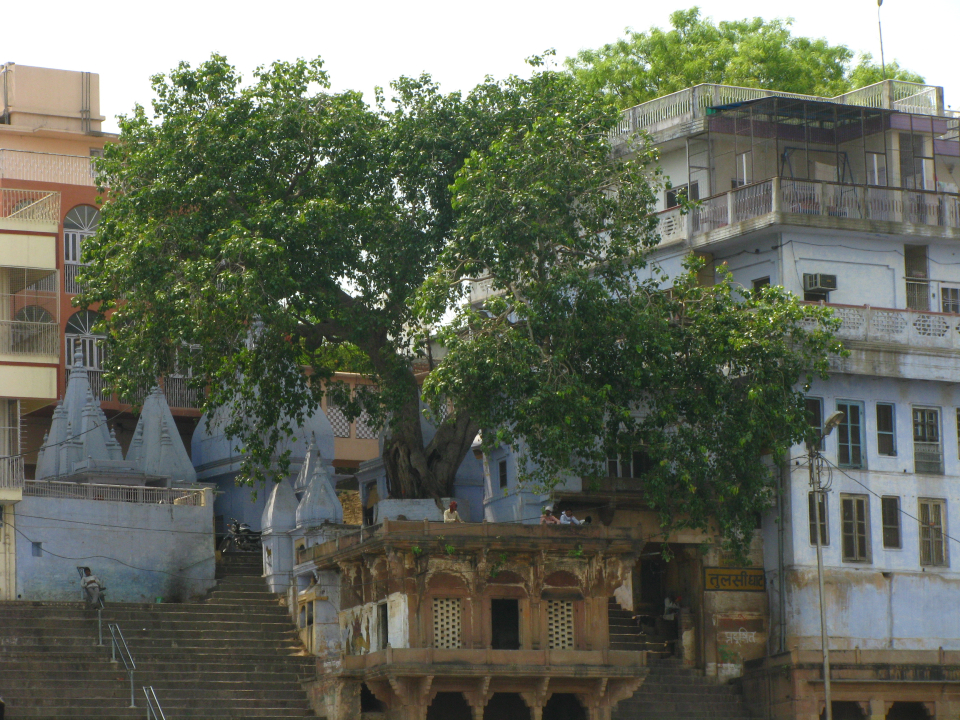
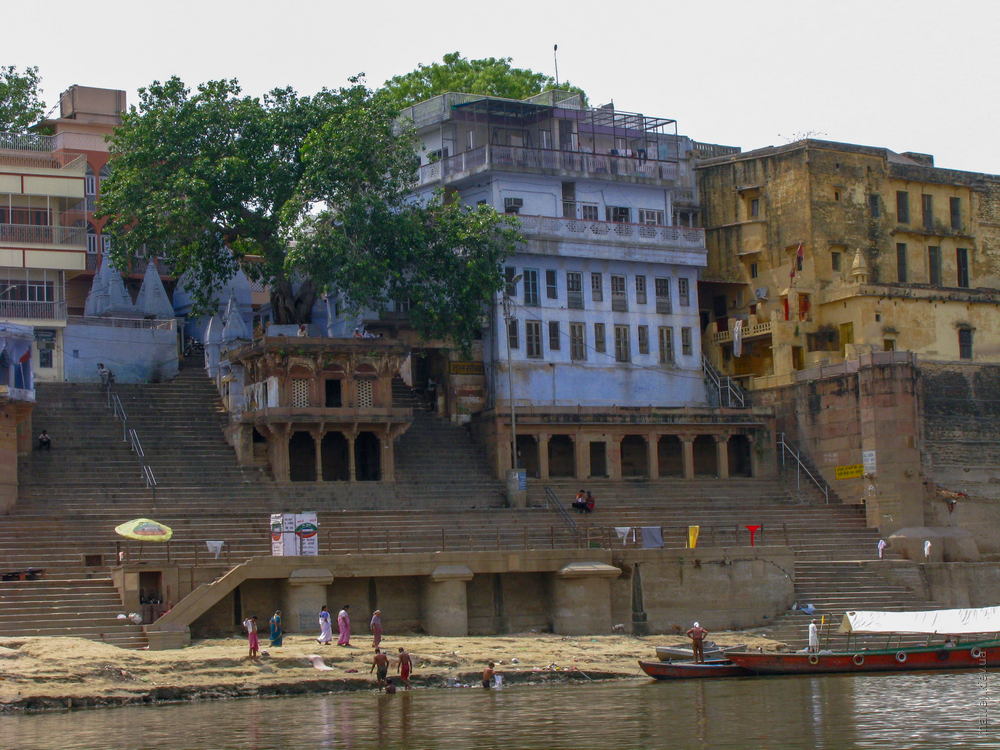
One of many water towers right inside the water. This tower was between Tulsi and Bhadaini ghats.
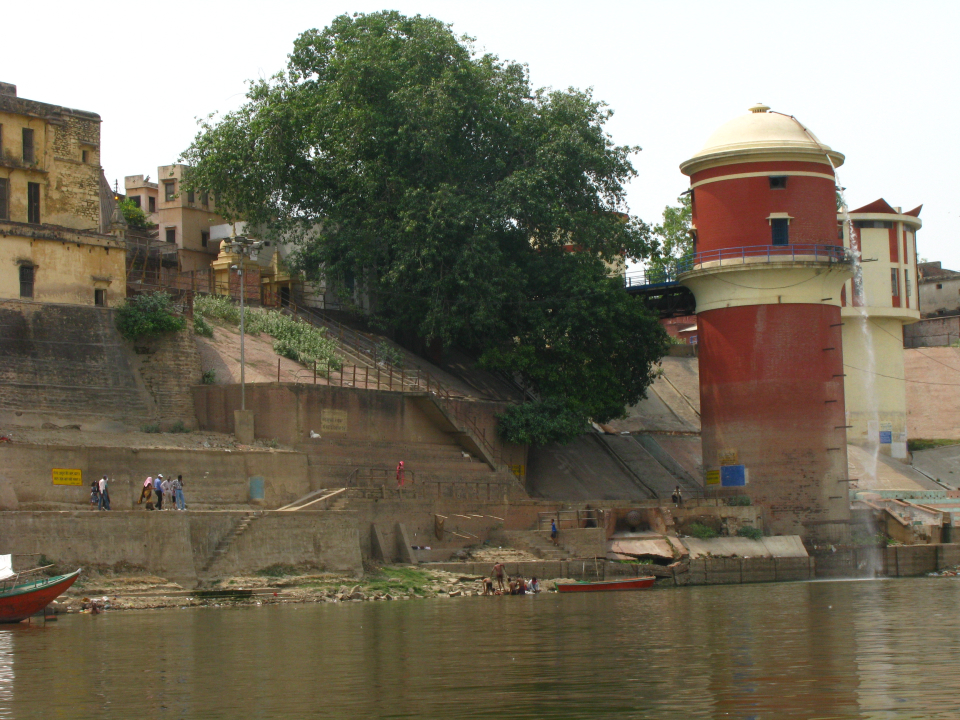
Kshemeshwar, Mansarowar, Narad and Raja ghats.
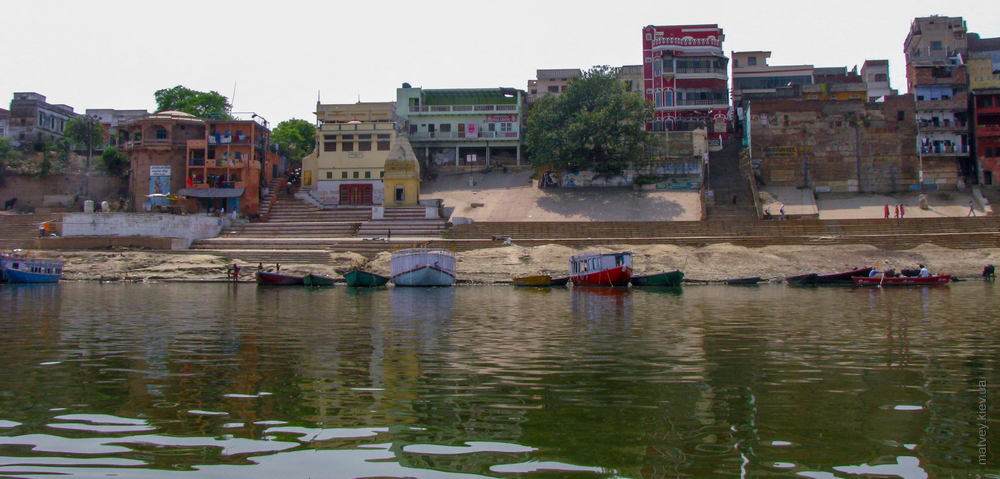
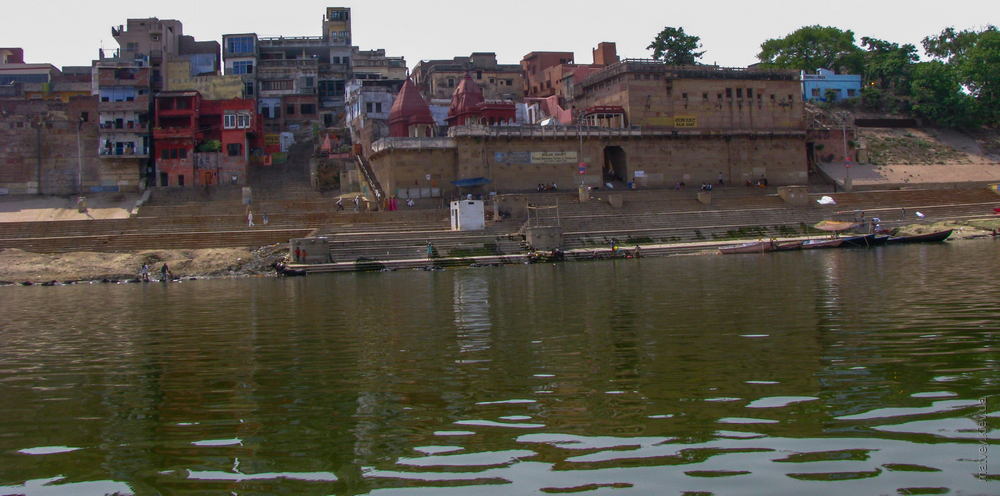
A fragment of Shri Anandamai ashram.
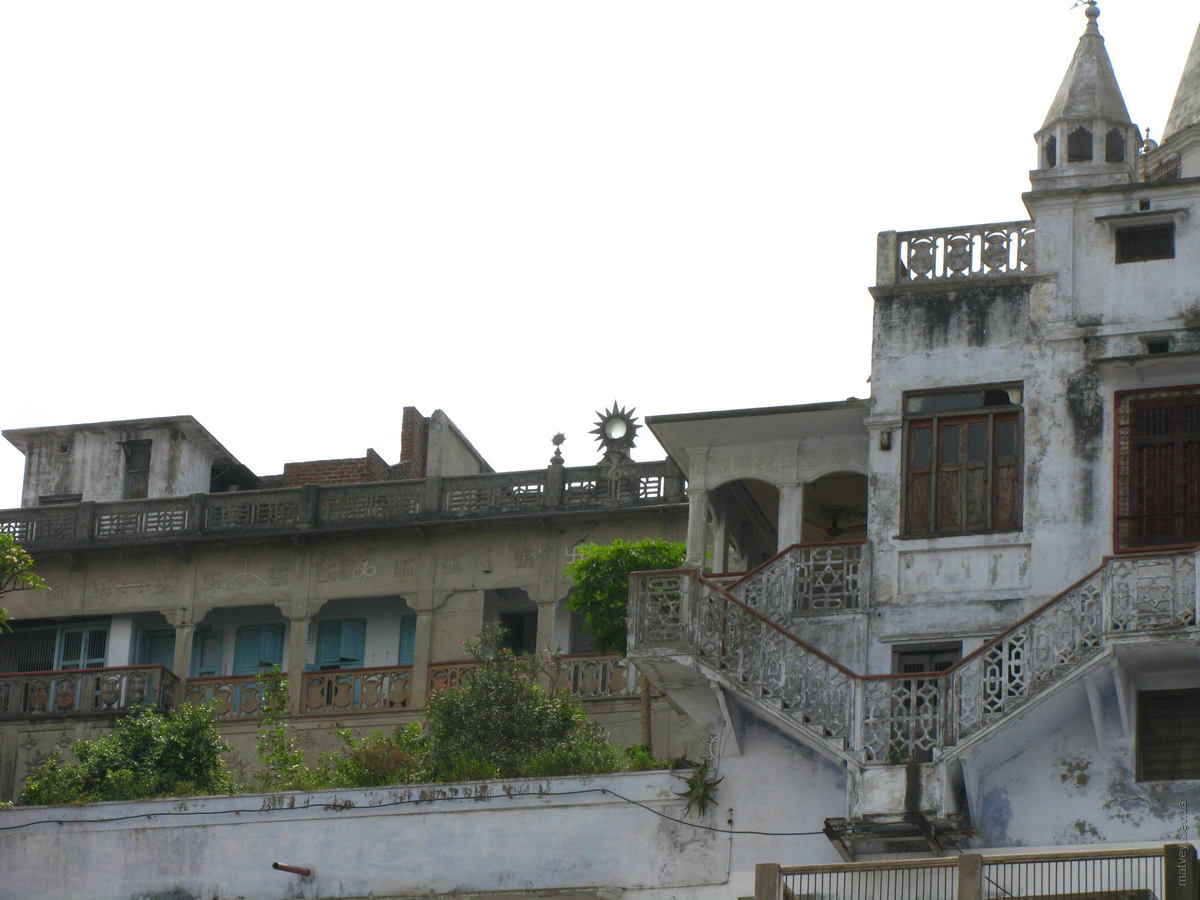
The rowing was coming to an end. We were approaching the Dasaswamed ghat.
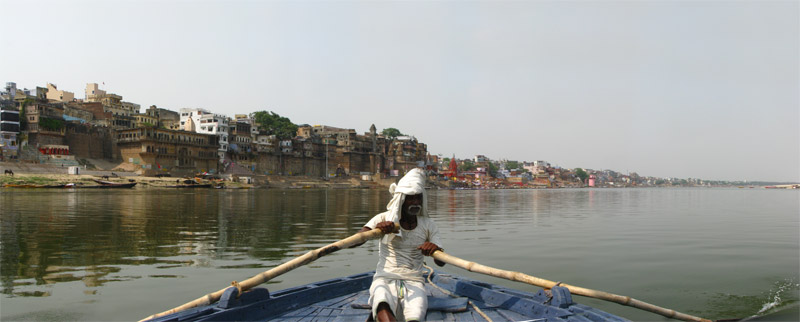

We disembarked the thing and produced the 500 rupees. The boatman, who did not know English, started to tell us that he meant 500 dollars. The language barrier did not let him explain that astronomical price. He was a nice old man, and looked more poor than us and I felt sorry for him. But 500 bucks was a price for Bill Gates, not me. We left him with the prearranged pay of 500 rupees and decided to leave, while being scared that he will ask the bystanders to stop us for not paying. As far as I understood, the proper price for the time he rowed was 200 rupees, so we had him overpaid anyway. Well, we have only started our training of being in India, mistakes were expected.
I was stiff on dry land, being in constant fear of pickpockets. Instead of looking at the interesting city around us, I was looking at my feet in order to avoid stepping into feces or the rotten stuff. There were many extraverted sellers who thought it was necessary to touch me. After some short time, we decided that we had to find the train station because who knew how much time was need to find our train in this frenzy. So, we escaped to the railway.
There was a carpet of people on the floor of Varanasi train station. People were not going anywhere. They were on the floor before we came, stayed there while we were in, and did not want to go sightseeing. They were sleeping, eating, sitting, and endless flows of other people were moving between them.
We stumbled upon a tiny eatery where we ate boiled rice cheap and rested our feet (and brains). We understood the system of train announcement and how to find our carriage and platform number during a few walks out of that eatery. Our train arriver in a couple of hours, we boarded it successfully and gladly left the holy city.
So, I can only repeat: do not begin with Varanasi!
Goodbye, Varanasi. I will come and correct my touristic failure if I manage to overcome the hadships on life obstructing this. I am ready now.
